Disclosure: This article contains affiliate links. We may earn a commission from purchases at no extra cost to you, which helps our travel content.
The taxi lurches forward on a road flanked by royal palms, their silhouettes cutting dramatic shapes against the Caribbean sky. My sketchbook balanced precariously on my lap, I'm hastily capturing the play of light on weathered colonial facades as we leave behind the tourist-filled streets of Havana. After a decade of sketching my way through dozens of countries, I've learned that the soul of a nation rarely resides in its postcard destinations. Cuba, I suspected, would be no different. While most travelers cluster in Havana's vintage-car spectacle or retreat to Varadero's manicured beaches, I've set my compass toward Las Tunas—a city known as the 'Balcony of Eastern Cuba' that remains delightfully untouched by mass tourism. This two-week journey between Cuba's famed capital and its authentic eastern heartland would become not just an urban exploration, but a meditation on how cities shape their inhabitants—and how, in turn, people transform urban spaces through art, community, and resilience.
First Impressions: Havana's Sensory Symphony
Havana hits you like a beautiful, chaotic wave—a sensory overload of crumbling grandeur, pulsating music, and streets alive with conversation. For the first three days of my journey, I surrendered to its rhythm, allowing the city to wash over me before heading eastward to Las Tunas.
I begin each morning at a small paladares (private restaurant) near my casa particular in Centro Habana, where my host Claudia insists I try a different Cuban coffee preparation each day. 'The secret is in how you incorporate the sugar,' she explains, demonstrating the perfect technique for creating café cubano's signature caramel-colored foam.
My days unfold in a pattern familiar to any urban explorer—walking until my feet protest, then finding a shaded spot to sketch and observe. Havana rewards this approach generously. Beyond the polished colonial squares of Habana Vieja lies a city of contradictions where vintage Chevrolets rumble past revolutionary murals, and impromptu rumba sessions erupt beside crumbling Art Deco masterpieces.
One evening, as golden hour bathes the Malecón in amber light, I pull out my travel watercolor kit to capture the scene. A local artist notices my attempts and approaches with friendly critique. Jorge has been painting this seawall for thirty years, and his insights about how to capture Havana's distinctive light become as valuable as any workshop I've taken.
'You must understand,' he tells me, mixing colors on a well-worn palette, 'Havana doesn't just have light. It has memory in its light.'
That night, I add notes beside my sketches, reflecting on how cities hold collective memory in their architecture, streets, and the daily rituals of their inhabitants—a theme that would follow me eastward to Las Tunas.

💡 Pro Tips
- Stay in a casa particular instead of hotels for authentic local connections and insights
- Carry small denominations of both currencies (CUC and CUP) for street food and impromptu experiences
- Morning and evening provide the best light for photography and sketching Havana's architecture
The Journey East: Trading Tourism for Authenticity
The seven-hour journey from Havana to Las Tunas becomes its own chapter in my Cuban story. I opt for a colectivo shared taxi rather than the tourist bus, squeezing into a 1980s Lada alongside a family returning from a hospital visit in the capital, two university students, and a chicken that nobody claims ownership of but everyone seems comfortable with.
As we leave Havana's orbit, billboards featuring revolutionary heroes give way to vast agricultural landscapes. My travel journal fills with quick sketches of tobacco fields, farmers on horseback, and roadside fruit stands where we occasionally stop for juicy mamey or guava.
My seatmate Elena, a literature professor at the university in Las Tunas, notices my sketchbook and begins sharing stories about her city. 'We call ourselves the Ciudad de las Esculturas—City of Sculptures,' she explains with evident pride. 'Las Tunas may not have Havana's fame, but our artistic spirit is just as strong.'
The landscape gradually shifts as we move eastward. Western Cuba's tobacco country transitions to sugar cane fields that stretch toward distant mountains. The journey itself becomes a visual education in Cuba's rural realities—the backbone of an economy so often reduced to classic cars and cigars in travel imagery.
When I mention my interest in how different cities approach public space and community art, Elena's eyes light up. 'You've come to the right place,' she says. 'Las Tunas hosts the Jornada Cucalambeana, one of Cuba's most important cultural festivals celebrating our poetic traditions. But even in everyday life, you'll find our streets are living galleries.'
As the afternoon light softens to dusty gold, the Lada rattles into Las Tunas province. Unlike the approach to Havana, with its sprawling neighborhoods announcing the city long before you arrive, Las Tunas emerges suddenly—a modest urban center rising from agricultural plains, promising the authentic Cuba I've been seeking.
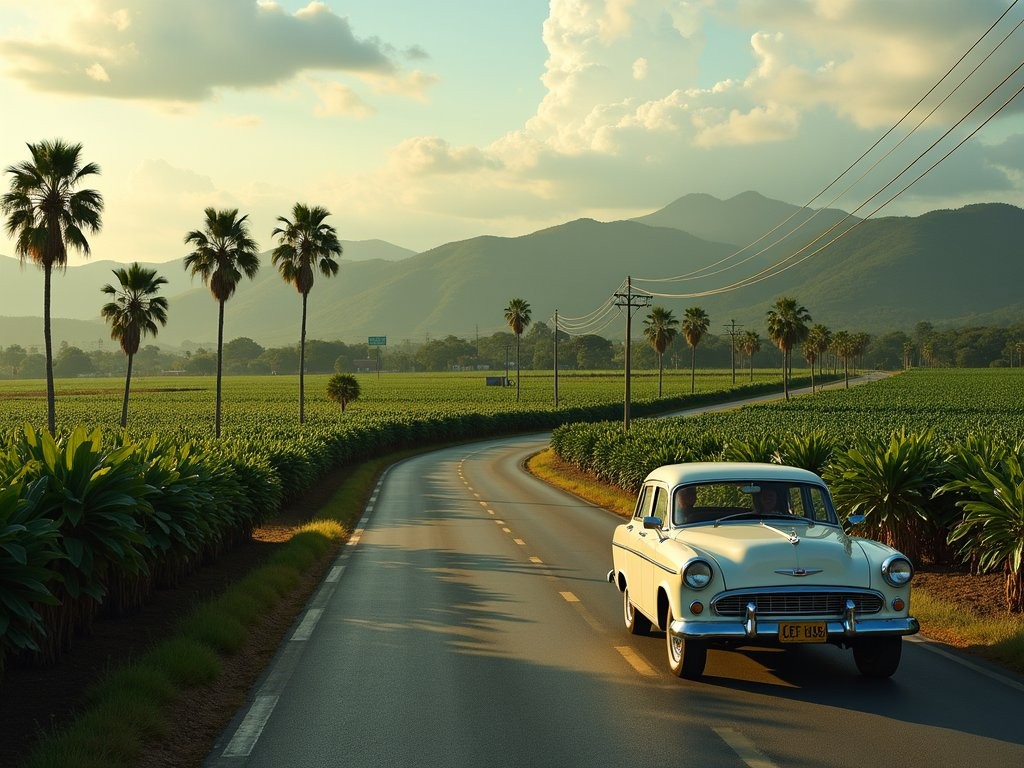
💡 Pro Tips
- Choose colectivos over tourist buses to experience authentic Cuban transportation and meet locals
- Learn basic Spanish phrases to engage with fellow travelers who likely won't speak English
- Bring small gifts like pencils or art supplies to share with people you meet—they're appreciated and create connections
Las Tunas: The City of Sculptures
Las Tunas welcomes me without fanfare. No tourist touts, no jineteros offering city tours or casa particulars—just the genuine curiosity of locals when they spot a foreign face in a city that sees relatively few international visitors.
My casa particular, arranged through Elena's cousin, sits just two blocks from Parque Vicente García, the city's main square. Martha, my host, greets me with fresh guava juice and rapid-fire questions about Scotland, art, and my peculiar interest in her city. 'Most foreigners want beaches,' she says with a puzzled smile. 'You want concrete and sculptures?'
Indeed I do. The following morning, I set out with my portable sketching stool and drawing supplies to explore Las Tunas' urban fabric. The city immediately reveals itself as a living museum of public art. True to its nickname, sculptures punctuate nearly every significant intersection and plaza—from abstract modernist pieces to historical figures rendered in bronze and stone.
What strikes me most is how integrated these artworks are into daily life. Unlike the cordoned-off monuments of many European cities, Las Tunas' sculptures serve as meeting points, playground features, and conversation starters. Children climb on abstract forms while elders debate their meaning. Art here isn't separated from life; it's embedded within it.
At the Memorial de los Caídos, I watch a local art teacher guiding students through sketching exercises. When I approach with my own sketchbook, she immediately invites me to join their session. Soon I'm surrounded by curious teenagers examining my watercolor techniques while I learn their approaches to capturing light on stone.
'In Las Tunas,' the teacher explains as we compare sketches, 'we believe art should be part of everyday experience, not locked away in galleries.'
This philosophy extends beyond sculptures. Throughout my week in Las Tunas, I discover murals tucked into residential neighborhoods, community workshops where artisans create everything from ceramic tiles to wooden instruments, and impromptu poetry readings in local parks. The city operates on a different rhythm than tourist-oriented Havana—one dictated by local life rather than visitor expectations.
Each evening, I return to the central plaza to sketch as families promenade in the cooling air. Children chase each other around the statue of Vicente García, the city's namesake hero, while teenagers flirt on benches and elders debate politics and baseball with equal passion. This ritual—the paseo—reveals the heart of Cuban urban life far more authentically than any guided tour.
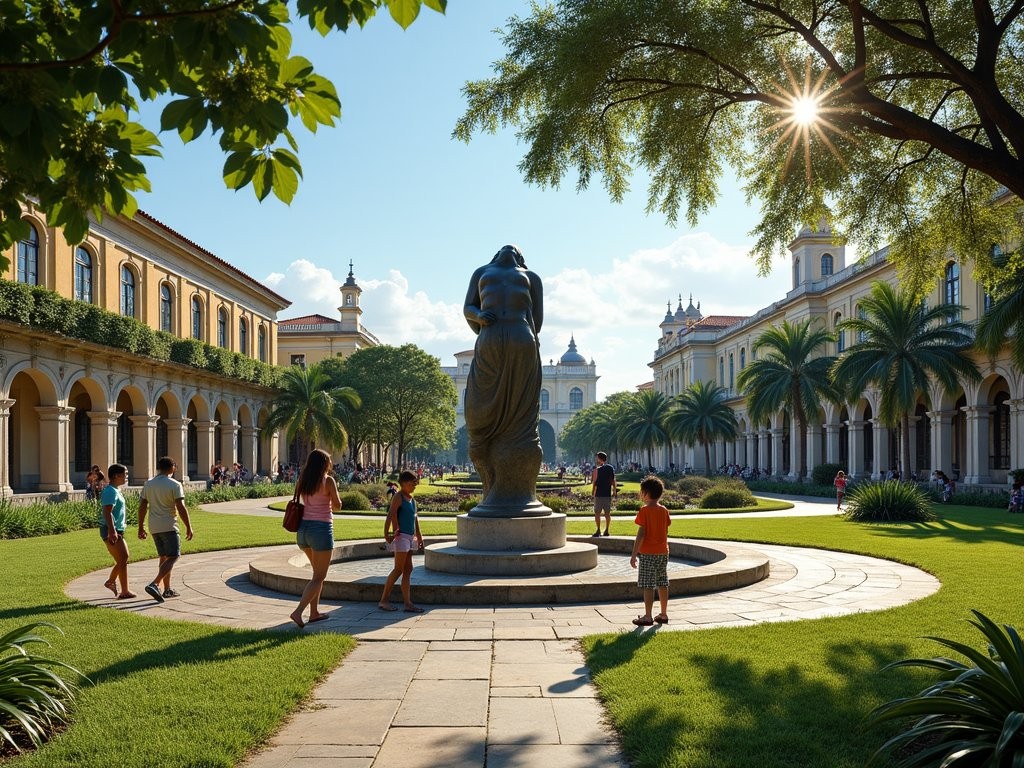
💡 Pro Tips
- Visit the Memorial de los Caídos early morning when local art students often practice their sketching
- Ask permission before photographing sculptures that feature revolutionary themes or military figures
- The Saturday artisan market near the bus station offers unique handcrafted souvenirs direct from local artists
Cultural Immersion: Finding Connection Through Art
By my fifth day in Las Tunas, I've developed a routine that balances urban exploration with creative practice. Mornings begin with Cuban coffee at a local peso café where I'm now greeted by name. I spend midday hours sketching different neighborhoods, followed by afternoons visiting cultural spaces or meeting local artists Elena has connected me with.
One such connection leads me to Antonio, a sculptor whose workshop occupies a converted warehouse on the city's edge. His massive metal constructions—abstractions of human forms in motion—contrast with the colonial architecture that dominates the city center. As we talk art and process, he explains how Las Tunas developed its sculptural identity.
'After the revolution, each Cuban city needed to establish its cultural character,' he explains, welding a joint on his latest piece. 'Santiago had music, Trinidad preserved its colonial past, and we claimed sculpture as our contribution.'
What began as cultural policy evolved into genuine civic pride. Today, Las Tunas hosts a biennial sculpture symposium that attracts artists from across Latin America. The resulting works remain in the city, gradually transforming it into an open-air gallery.
Beyond the visual arts, I discover Las Tunas' rich tradition of décima—a ten-line poetic form with Spanish roots that has evolved into a distinctly Cuban oral tradition. At a small cultural center called the Casa Iberoamericana, I attend an impromptu performance where poets improvise verses on themes shouted by the audience. Though my Spanish catches perhaps half the wordplay, the rhythmic delivery and audience reactions transcend language barriers.
The following evening, Antonio invites me to a community art project in a residential neighborhood rarely seen by tourists. Families have gathered to create a collective mural celebrating local history. Children mix paints while grandparents debate which historical events deserve representation. I'm handed a brush without ceremony and assigned a section of wall.
As we work side by side into the evening, conversations flow naturally. I learn about daily challenges—water shortages, transportation difficulties, the complex dual currency system—but also about local innovations, community support networks, and unwavering cultural pride. My headlamp becomes unexpectedly useful as the neighborhood's electricity flickers out during our painting session, earning appreciative comments from fellow artists working by candlelight.
'This is Las Tunas,' Antonio laughs as we continue painting in the semi-darkness. 'We make do with what we have, and somehow it becomes more beautiful for the challenge.'

💡 Pro Tips
- Visit the Casa Iberoamericana in the evenings to catch impromptu poetry and music performances
- Bring art supplies to donate to local community projects—quality materials are difficult to obtain
- Ask about neighborhood murals beyond the city center; locals can direct you to hidden artistic gems
Daily Rhythms: Beyond Tourist Cuba
Las Tunas operates on rhythms entirely different from tourist-oriented destinations. By my second week, I've adjusted to its patterns—the early morning bustle as workers head to jobs, the midday pause when heat drives everyone indoors, and the evening revival when streets transform into social spaces.
Food becomes my window into local reality. While Havana's paladares cater increasingly to international palates, Las Tunas' eateries serve purely Cuban fare with no concessions to tourist preferences. At a paladar called El Jardín, I'm served whatever the family has managed to source that day—sometimes a feast of roast pork and plantains, other times a simpler meal of rice, beans, and whatever vegetables are available.
Rather than disappointment, there's authenticity in this unpredictability. Each meal becomes a lesson in Cuban resourcefulness and the realities of a complex economy. Conversations with the owner, Miguel, reveal the intricate dance of operating a private business within Cuba's evolving economic model.
'Some days we have everything,' he explains, serving strong coffee after lunch. 'Other days, nothing. But we always find a way to make something delicious.'
This adaptability extends beyond food. When I express interest in local birdlife, Martha's husband Carlos fashions a bird guide from hand-drawn illustrations after discovering I've forgotten my binoculars in Edinburgh. His knowledge of local species surpasses any guidebook I could have brought.
Daily necessities create community in ways I hadn't anticipated. One morning, I follow Martha to the local market where neighbors exchange news while waiting in various queues. When a vendor receives a fresh shipment of tomatoes—apparently a rare occurrence—word spreads through the market like electricity. The resulting rush isn't competitive but cooperative, with people holding spots for neighbors and ensuring elders receive their share.
Transportation reveals another layer of local life invisible to most tourists. With no rental cars available and taxis scarce, I navigate Las Tunas as locals do—on foot, by bicycle taxi, or cramming into shared vehicles heading in my general direction. These journeys become social experiences as passengers discuss everything from family news to national politics.
One afternoon, caught in a sudden Caribbean downpour miles from my casa, I shelter under a shop awning with a dozen locals. What begins as weather-related small talk evolves into an impromptu neighborhood gathering. Someone produces coffee in tiny plastic cups, another shares homemade peanut candies, and soon I'm listening to passionate debates about the recent baseball championships and upcoming harvest expectations.
'This is the real Cuba,' an elderly gentleman tells me, gesturing to our impromptu community formed by rain. 'Not what they show in the travel magazines.'
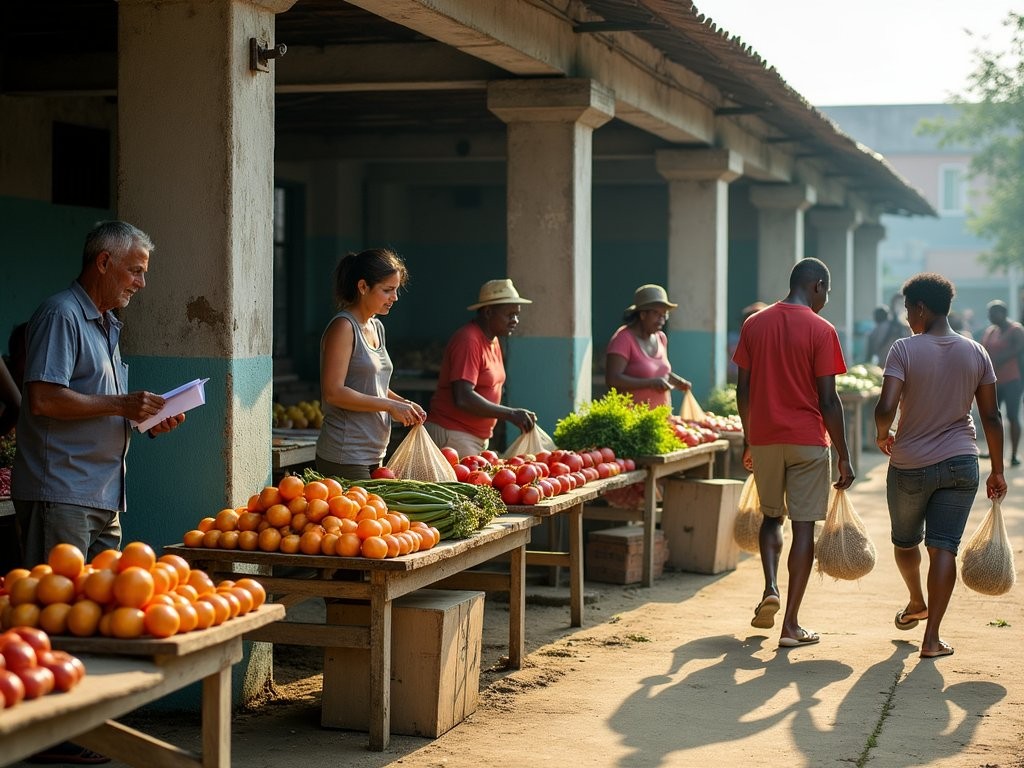
💡 Pro Tips
- Bring a reusable shopping bag for impromptu market visits—plastic bags are scarce and often reused until they fall apart
- Learn the local bus routes for authentic transportation experiences (and bring exact change in local currency)
- Visit markets early morning for best selection and to observe local purchasing patterns and social interactions
Returning to Havana: Seeing Through New Eyes
My final days in Las Tunas pass in a blur of farewell coffees, last-minute sketching sessions, and promises to return. When I finally board the bus back to Havana, I carry not just a sketchbook filled with urban scenes but a deeper understanding of Cuban life beyond the tourist narrative.
The return journey provides time to reflect. In my journal, I note how Las Tunas taught me to see beyond the surface-level Cuba that dominates travel imagery. The city offered no classic cars posed for photographs, no mojito-fueled salsa clubs, no carefully preserved colonial facades. Instead, it presented something more valuable—authenticity.
Arriving back in Havana feels like entering a different country. The capital's energy, once simply exhilarating, now reveals its performative elements. I notice how certain streets are maintained for tourist consumption while others crumble just a block away. Conversations with locals take on different dimensions as I can now reference experiences beyond the typical visitor circuit.
For my final two days, I explore Havana through Las Tunas-trained eyes. I seek out community art spaces in Vedado rather than the polished galleries of Old Havana. I visit markets where Cubans shop rather than the handicraft markets aimed at tourists. Each experience builds bridges between the two urban realities I've witnessed.
On my last evening, I return to the Malecón with my sketchbook. The seawall remains unchanged—waves still crash against the concrete, couples still stroll hand-in-hand, and the sunset still paints everything in impossible gold. But my perspective has shifted. My final sketch captures not just the physical landscape but the complex social reality behind it.
A street artist approaches, curious about my work. When I mention Las Tunas, his eyebrows raise in surprise.
'Most foreigners never go there,' he says, examining my sketches of Las Tunas' sculptures and everyday scenes.
'They should,' I reply, adding final touches to my drawing. 'It's where I found the real Cuba.'
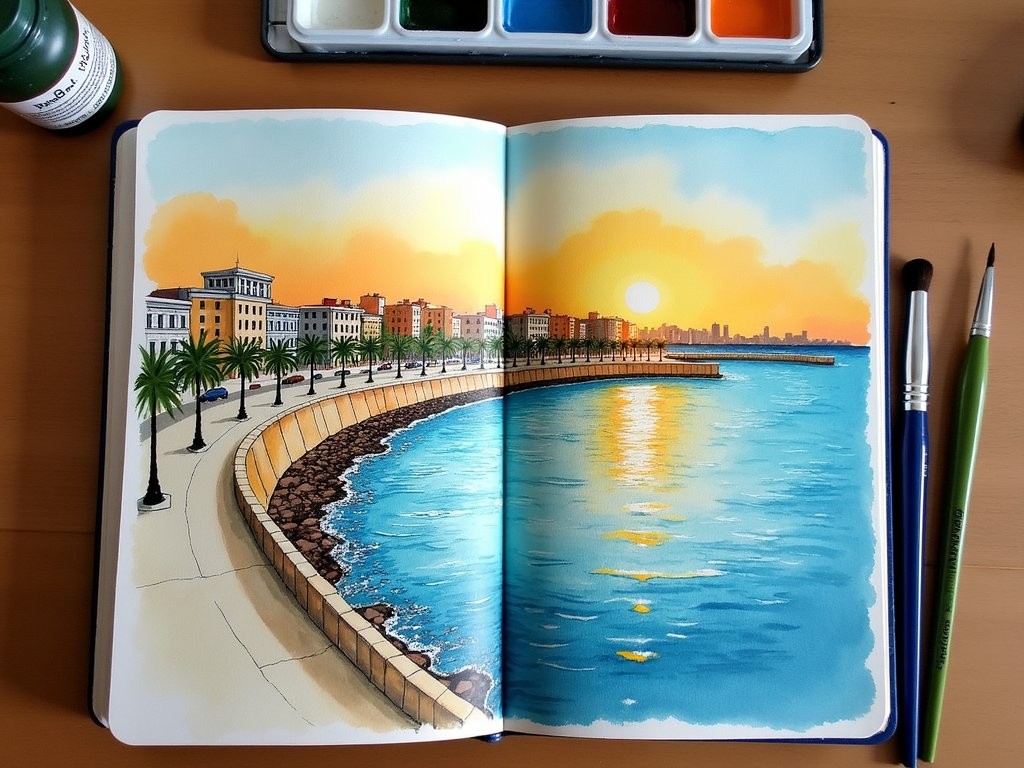
💡 Pro Tips
- Spend your final days in Havana exploring residential neighborhoods like Vedado and Miramar for a more authentic experience
- Visit the Callejón de Hamel on Sunday afternoons for rumba performances attended by locals rather than just tourists
- Compare food prices between tourist areas and local neighborhoods to understand the dual economy firsthand
Final Thoughts
Two weeks split between Havana and Las Tunas offered more than a tale of two cities—it revealed two faces of Cuba that seldom appear in the same travel narrative. While Havana dazzles with its theatrical beauty and carefully preserved nostalgia, Las Tunas offers something increasingly rare in our Instagram-filtered world: unvarnished reality and genuine connection.
This journey reminded me why I travel with a sketchbook rather than just a camera. Drawing forces me to sit still, to observe deeply, and to engage with places beyond the superficial. In Las Tunas, where curious locals would gather around my portable easel with questions and suggestions, art became conversation—a bridge across language and cultural differences.
If you're considering Cuba, I urge you to venture beyond the well-trodden paths. The country's lesser-known cities offer not just breathing room from tourism's homogenizing influence but windows into Cuban life as it's actually lived. Las Tunas may lack Havana's postcard perfection, but it offers something more valuable—a chance to experience Cuba on its own terms, not those created for visitor consumption.
✨ Key Takeaways
- Authentic Cuban experiences often lie in cities untouched by mass tourism like Las Tunas
- Art and creative practice can open doors to meaningful cultural exchange beyond language barriers
- Understanding both tourist-oriented and everyday Cuban spaces provides a more complete picture of the country
- Community engagement through art projects offers deeper connections than conventional tourism
📋 Practical Information
Best Time to Visit
November through April (dry season)
Budget Estimate
$40-60 USD daily when staying in casas particulares
Recommended Duration
At least 10-14 days to experience both Havana and Las Tunas
Difficulty Level
Intermediate - Requires Basic Spanish And Comfort With Unpredictable Transportation


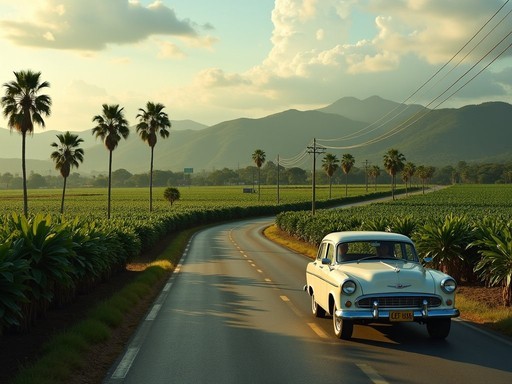
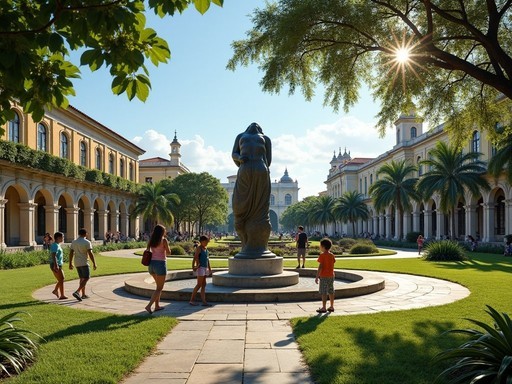
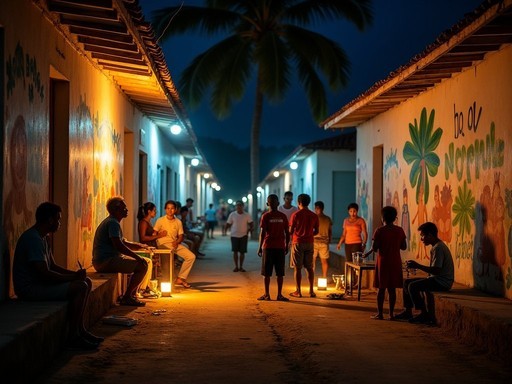
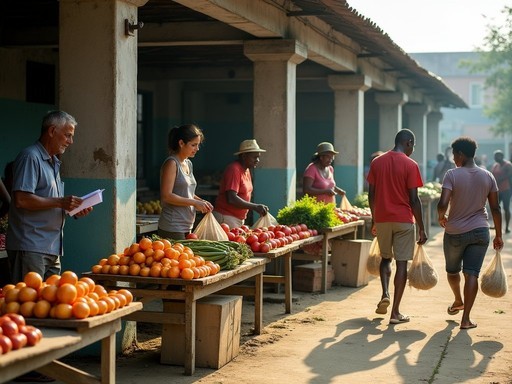



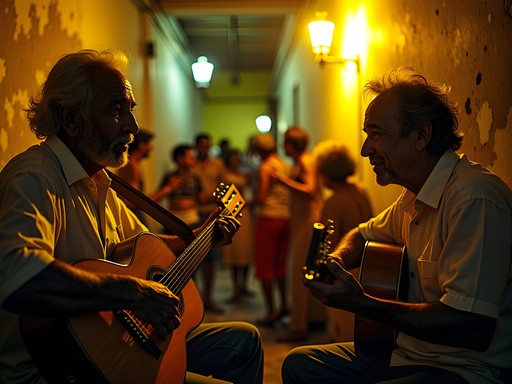





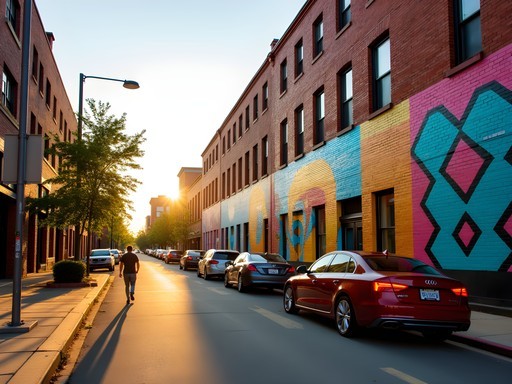
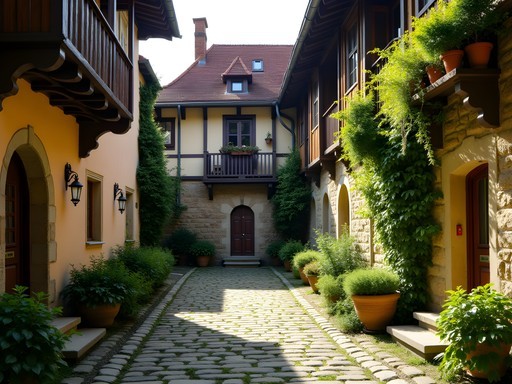
Comments
backpackrider
Just got back from Cuba and wish I'd read this before going! Spent all my time in Havana and Trinidad. Next time I'll definitely venture out to Las Tunas. Those sculptures look incredible!
hikingseeker
Same! I stuck to the tourist trail too. How was Trinidad?
backpackrider
Trinidad was beautiful but packed with tourists. The colonial architecture is stunning though. Worth a visit but next time I want more authentic experiences like what Avery found!
Hunter Thompson
Top tip for anyone heading to Las Tunas - learn a bit of Spanish before you go! Unlike Havana, English isn't widely spoken here, but that's part of what makes it special. Even basic phrases will help you connect with locals. Also, bring cash as ATMs are scarce and often empty. The local market on Saturdays is brilliant for picking up handmade crafts directly from artists - much better prices than the tourist shops in Havana!
skynomad
Heading to Cuba next month and now thinking about adding Las Tunas. Any food recommendations there? And how many days would you suggest staying?
Avery Gonzalez
Definitely try El Parque restaurant near the main square - amazing ropa vieja! I'd recommend 2-3 days to really soak in Las Tunas without rushing. Make sure to bring my pocket phrasebook as English is less common than in Havana.
Frank Garcia
Adding to Avery's recommendations - don't miss Paladar La Cubanita for the best seafood. If you can time your visit around the 28th of January, that's when they have their biggest cultural festival with amazing street performances!
coffeenomad
Love seeing posts about the less-visited parts of Cuba. Your sketches really capture the vibe of Las Tunas better than photos could!
CubanAmericanGirl
That shot of the sunset over the sculptures is stunning! Reminds me of visiting family there as a kid. The light in Las Tunas has this special quality.
hikingseeker
Your sketches are amazing! I love how you captured the royal palms against the sky. Adding Las Tunas to my bucket list right now!
Frank Garcia
This post captures exactly what I've been trying to explain to people about Cuba! The contrast between tourist-heavy Havana and places like Las Tunas is stark. I spent three weeks traversing the eastern provinces last year and found the authenticity refreshing. Las Tunas' sculpture garden was a highlight for me too - I spent hours sketching there. Did you get a chance to visit Vicente García Park during any of the impromptu music performances? The local musicians there blew me away with their talent. Also, your point about the casa particulares in Las Tunas being more authentic experiences than Havana's is spot on - my host family practically adopted me for my stay!
backpackrider
Great post! How difficult was it to get from Havana to Las Tunas? Did you take public transport or arrange a private driver?
Avery Gonzalez
Thanks! I took a Viazul bus which was affordable but took about 9 hours. You can book tickets online or at the station, but I'd recommend booking ahead during peak season.
backpackrider
Good to know, thanks! Did you feel safe traveling solo on the bus?
Avery Gonzalez
Absolutely! The bus was comfortable and I met some lovely locals who were eager to chat. Just bring water and snacks as stops are limited.
BeachBum22
Great photos! Is the food as good as Havana?
travelpro
Not the author but I found the food in Las Tunas more authentic and less touristy priced. The seafood was fresher too!
Nicole Russell
This resonates so much with my experience in Cuba! I spent 3 weeks there last year and totally agree that getting out of Havana shows you the real Cuba. Las Tunas wasn't on my itinerary (I went to Viñales and Trinidad instead), but your description of those street sculptures and the authentic cultural scene makes me want to go back! Did you get to attend any live music events while you were there? The impromptu street performances I stumbled upon in smaller Cuban towns were some of my favorite memories.
Avery Gonzalez
Nicole, yes! There was a fantastic trova performance in the central plaza one evening - completely unplanned but absolutely magical. The musicians invited me to sketch them while they played. Viñales is on my list for next time!
Venture X
Premium card with 2X miles, $300 travel credit, Priority Pass